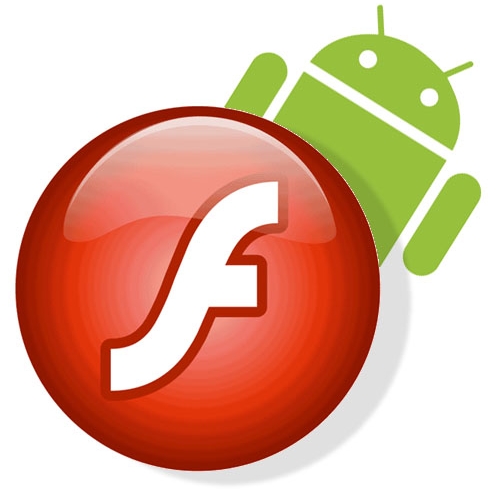
This week Google announced their newest vision of the future. “Make your phone your wallet.” On the surface, it’s that simple really. Google wants to improve the overall shopping experience and make transactions more streamlined for consumers and businesses alike. In essence, consumers will be able to run the Google Wallet app on their smartphone and use it to store credit card information on the device. Built-in NFC (near-field communication) technology, people will simply tap their phones on compatible readers at retailers and in seconds a transaction can take place. No fiddling for cash or plastic cards. In addition, Wallet will be integrated with Google Offers. If you sign up for Offers today (a Google service that is currently in beta), you will receive a new offer–deals on products and services at local or online businesses–in your inbox. Offers can also be manually searched for and saved in your Google Account. Accumulated offers are automatically synced with Google Wallet; so if you have an offer at Subway to save money on a sandwich, during your checkout the offer will instantly be applied during the transaction. It’s all seamless. In addition to storing credit cards and offers, Wallet can also save loyalty cards and gift cards that can then be used at matching retailers. Wallet will automatically redeem offers and earn loyalty points for consumers at checkout. Worried about security? Google says that all credit card information is securely stored on devices and Wallet enforces a PIN to be entered upon every transaction. Also, the required NFC antenna in phones is only activated when the screen is powered on so if you’re walking down the street with your phone sleeping in your pocket the secured data cannot be tampered with (and remember, a PIN is required to access the data).
Next let’s talk about partnerships. As you should know, Google is all about open ecosystems so their ultimate goal is to make the Wallet and Offers services ubiquitous in the retail space. But you have to start somewhere, right? The search giant has partnered with Citi Mastercard, First Data, Sprint, and a handful of retailers including Subway, Macy’s, Walgreens, and Toys ‘R Us to begin their field testing in San Fransisco and New York. At first the Google Wallet app will only work on the Nexus S 4G, the NFC-equipped Sprint smartphone. As NFC starts to expand to more devices, Google is open to bringing the app to more devices in the future. They even went on to say they’d be willing to share the app with other OS makers including Apple and RIM. It was specified that phones without the NFC chip can utilize Wallet so long as they have an NFC sticker ’round back. Google plans to release the app into the wild on a broader scale sometime this summer.
Here are a few more details that came out of the announcement. Initially the app will only accept Citi MasterCard or Google Prepaid Card; the latter can be funded from any of your existing plastic credit cards. Google Wallet will immediately be accepted at the hundreds of thousands of PayPass-enabled retailers nationally and globally. All consumers have to do is tap their phone to a PayPass terminal and the transaction will take place, available offers used and loyalty points acquired. For more information, check out the full press release after the break as well as video testimonials from the launch partners.
As is usually the case with Google, this is just the beginning. The company envisions a future where Wallet “will be the one thing that holds everything you need to carry” including boarding passes, tickets, ID, and even keys. It’s a future we’ve all been anticipating. Google’s dreaming big here, and it all starts with forcing commerce to fully trust and embrace the information highway. Unlike Google’s failed social service, Wallet might just be the wave of the future.
[Via Google 1, 2] Continue reading Google is ready to infiltrate your wallet →









